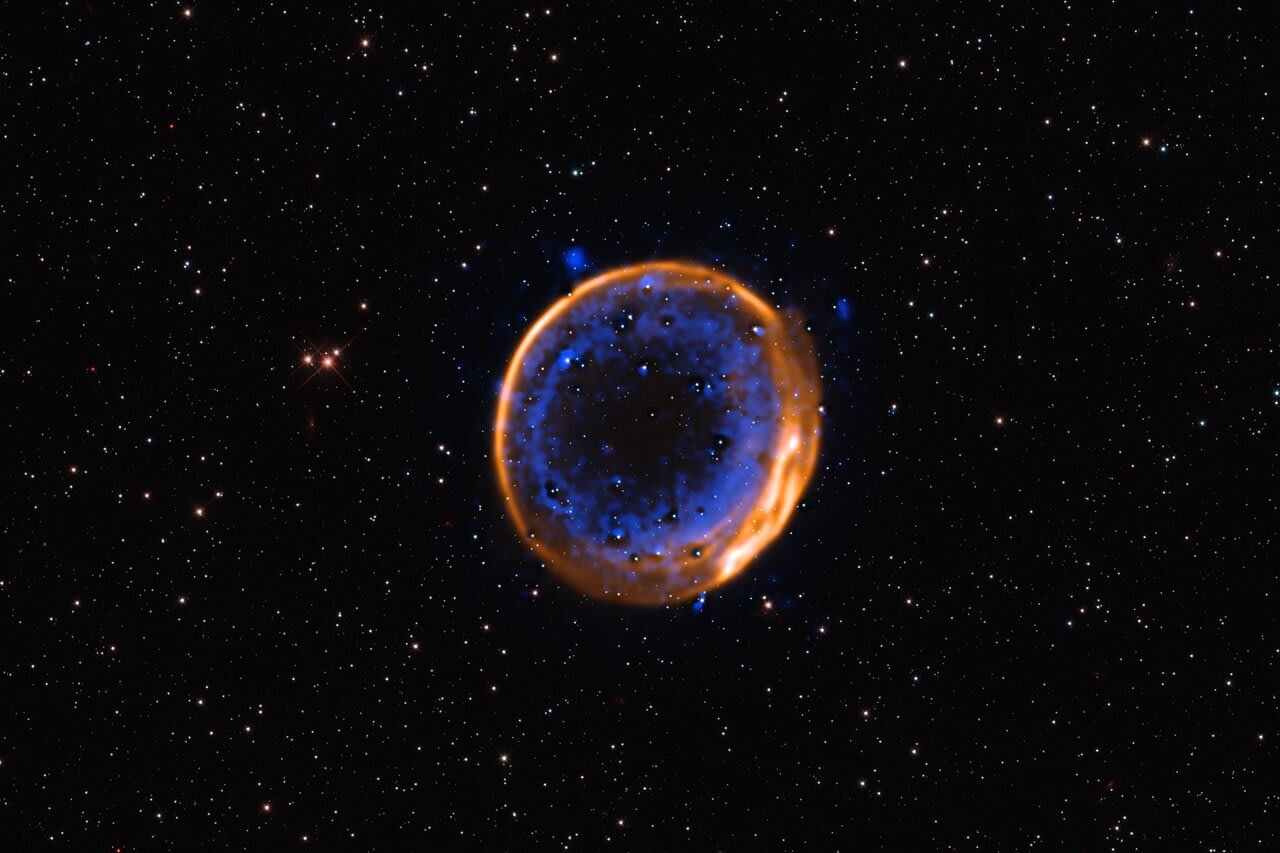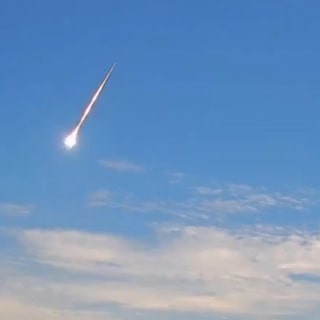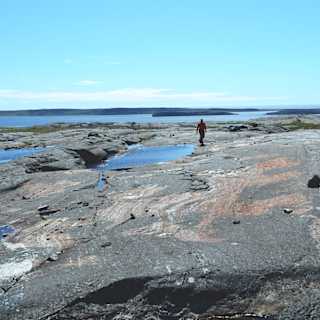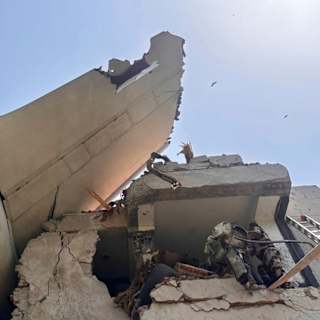- The Discovery
- Cosmic Implications
- Challenging Assumptions
Astronomers have captured the first visual evidence of a star that died by exploding twice, confirming a long-theorized but never-before-seen cosmic phenomenon that could reshape understanding of some of the universe's most important stellar events.
Using the European Southern Observatory's Very Large Telescope, researchers analyzed the centuries-old remains of supernova SNR 0509-67.5 and found distinct patterns proving the white dwarf star underwent a "double-detonation" before its final destruction. The findings, published today in Nature Astronomy, provide the first direct evidence that some stars can explode well before reaching the mass threshold traditionally thought necessary for such cataclysmic events.

The team detected two concentric shells of calcium in the supernova remnant, located 160,000 light-years away in the constellation Dorado12. These shells, visible as blue layers in telescope images, serve as a fingerprint for the double-detonation process that astronomers had predicted but never observed34.
"This tangible evidence of a double-detonation not only contributes towards solving a long-standing mystery, but also offers a visual spectacle," said Priyam Das, a PhD student at the University of New South Wales Canberra who led the study1.
The discovery was made using the Multi Unit Spectroscopic Explorer instrument, which allowed researchers to map the distribution of different chemical elements throughout the stellar debris32.
Type Ia supernovae serve as "standard candles" for measuring cosmic distances because of their consistent brightness, regardless of location12. This uniformity helped astronomers discover the accelerating expansion of the universe, a breakthrough that earned the 2011 Physics Nobel Prize34.
The double-detonation mechanism occurs when a white dwarf steals helium from a companion star, forming an unstable blanket around itself52. The helium ignites first, sending shockwaves inward that trigger a second, larger explosion in the star's core6.
The findings challenge the traditional model requiring white dwarfs to reach the Chandrasekhar mass limit before exploding. Ivo Seitenzahl, who led the observations at Germany's Heidelberg Institute for Theoretical Studies, called the results "a clear indication that white dwarfs can explode well before they reach the famous Chandrasekhar mass limit, and that the 'double-detonation' mechanism does indeed occur in nature"12.
"Yet, despite their importance, the long-standing puzzle of the exact mechanism triggering their explosion remains unsolved," Das noted, highlighting how this discovery opens new questions even as it answers others1.





